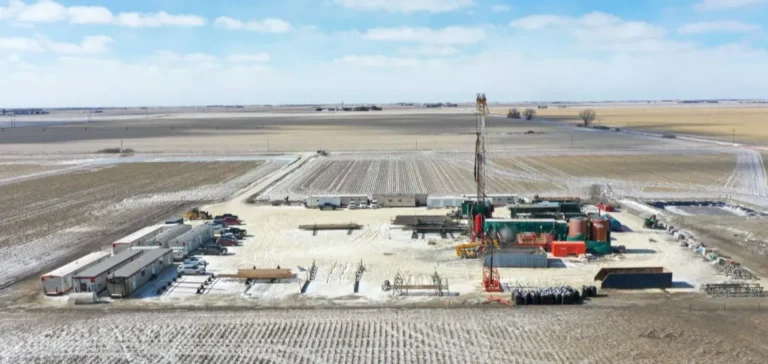Researchers at the University of Texas are developing a geological map of the state to locate formations where hydrogen could be commercially extracted at scale, as discussed during a hydrogen conference held in Austin. The project, led by the university’s Bureau of Economic Geology (BEG), has entered its second year of development.
A nascent market still under evaluation
Engineering professor Saad Saleh, also a research consultant with the BEG, stated that the mapping initiative aims to identify not only naturally occurring hydrogen deposits but also areas where hydrogen release could be artificially stimulated through catalysts. Natural hydrogen production remains limited globally, with only one active well in Mali producing viable quantities.
Martin Terrell, head of the subsurface components of ExxonMobil’s Low Carbon Solutions division, said the economic potential of this type of hydrogen production could be significant if achieved at industrial scale. He estimated that reservoirs capable of producing 100,000 tonnes annually could bring costs down to approximately $1 to $1.50 per kilogram. This would be comparable to a mid-sized natural gas field, underlining the volumes required for profitability.
Favourable geological conditions in targeted areas
According to Saleh, parts of West Texas already show favourable characteristics for stimulated hydrogen release, including suitable rock types, moderate depth, and appropriate temperatures. A team is currently in the field collecting soil samples and measuring hydrogen concentrations, though findings remain preliminary.
The BEG plans to release a preliminary version of the map on its website by the end of 2025, with a full report scheduled for summer of the same year. The document is expected to include data such as the depth of hydrogen-producing formations and other technical variables that influence economic feasibility.
A local initiative complementing federal efforts
The bureau indicated that this effort complements work conducted at the federal level by the United States Geological Survey (USGS), which released a nationwide natural hydrogen map in January. The Texas initiative distinguishes itself through access to more granular data and advanced analysis of stimulation potential, making it a first of its kind.
Saleh noted that the map is not meant for immediate drilling decisions but rather to guide further research. “These are regions that require more detailed work,” he said, adding that early anomalies observed in specific areas already align with the researchers’ geological expectations.






















